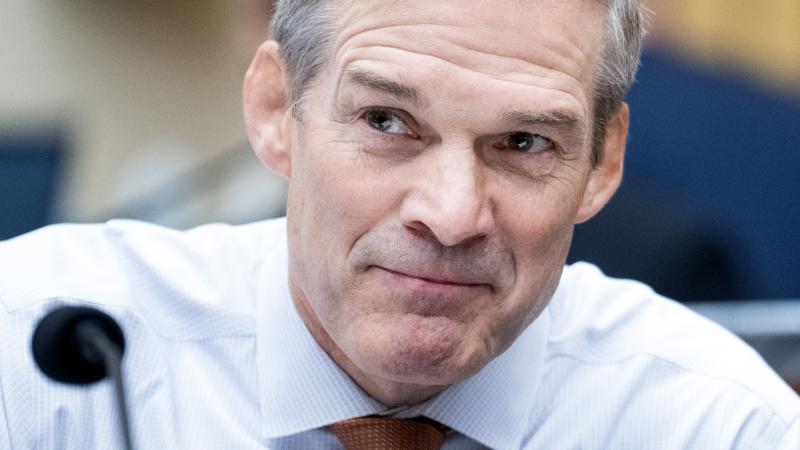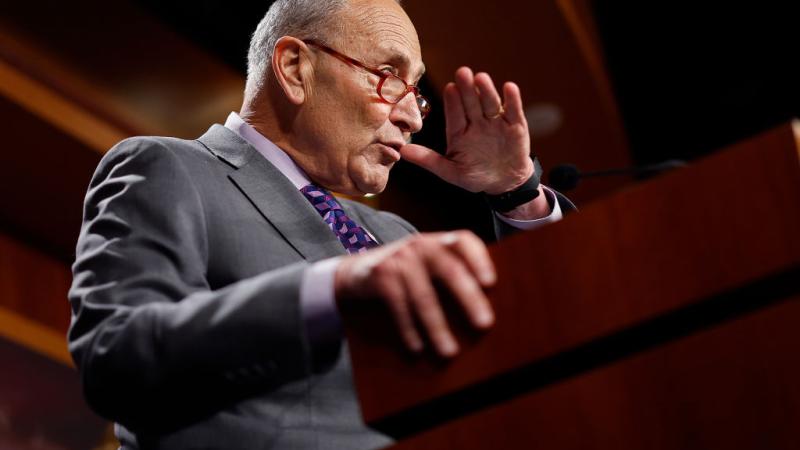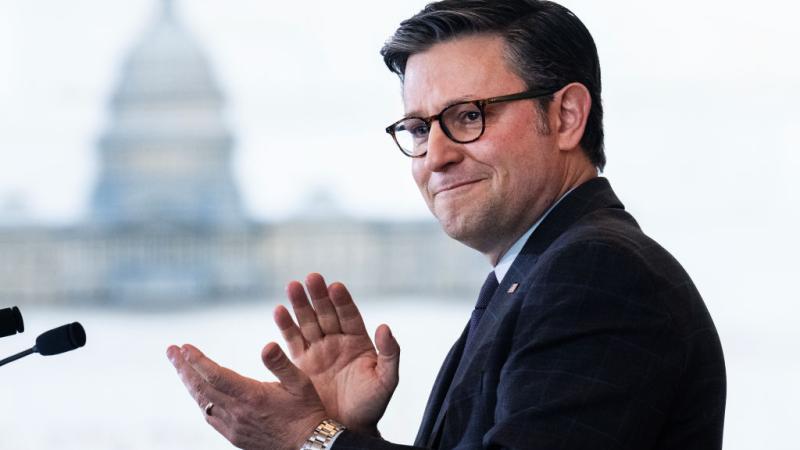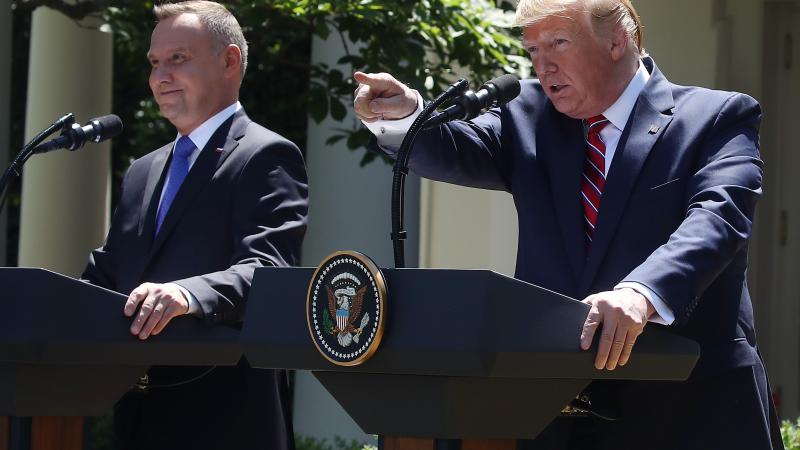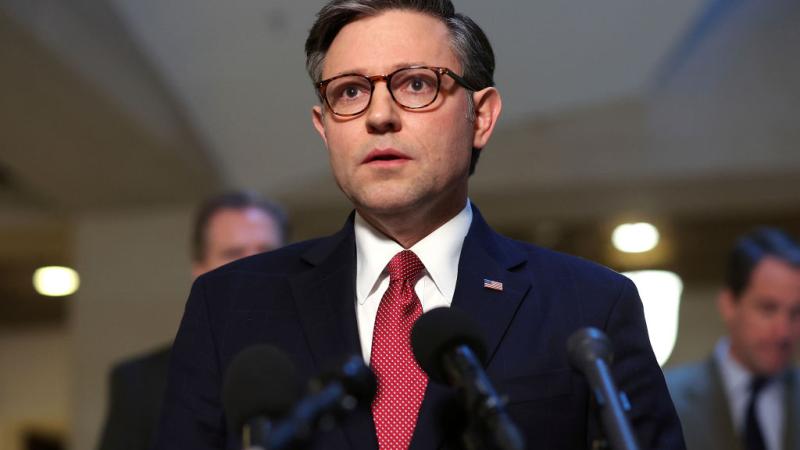Solar industry's latest target: Pennsylvania
Industry execs pitch lawmakers to do more to incentivize solar growth in Pennsylvania
(The Center Square) -
Pennsylvania’s underwhelming renewable energy targets undermine the industry’s growth around the state, companies said, leaving jobs and electricity savings on the table.
The comments came during a House Consumer Affairs Committee hearing recently at the Penn State Brandywine Campus in Delaware County. The majority of the state’s 426 registered solar companies operate in the state’s southeastern corner.
But the potential for the industry to flourish still exists, said the Solar Energy Industries Association (SEIA), if only the state revamped some of its policies to incentivize more investment.
Of the 13 states within PJM, the regional power grid operator, Pennsylvania’s nearly 1GW solar fleet outpaces only West Virginia and Kentucky. Scott Elias, senior manager of state affairs for SEIA, said Pennsylvania’s low target for solar energy procurement in its Alternative Energy Portfolio Standard (AEPS) is mostly to blame.
“Some states have more aggressive goals,” he said. “Even 2.5% by 2030 would increase the demand in Pennsylvania.”
The AEPS, first established in 2004, requires electricity suppliers to procure a certain percentage of their power from alternative energy sources, such as solar or wind farms. The legislation dialed up the mandate for Tier 1 resources from 1.5% in its first year to 8% in its 15th year. The goal for solar procurement, however, is just 0.5%.
In the decade and a half since, alternative energy goals in surrounding states have soared past Pennsylvania’s targets. In Virginia, for example, the state government adopted a plan to procure up to 50% of its electricity from renewable resources over the next decade. The mandate will dial up to 100% by 2050.
Pennsylvania’s current AEPS targets expired in May. A bipartisan Senate proposal to boost Tier 1 resources from 8% penetration to 18% has not yet made it out of committee.
The measure came from two senators from different parties on different sides of the state – Dan Laughlin, R-Erie, and Art Haywood, D-Philadelphia – who say building out Pennsylvania’s clean energy portfolio will boost the economy, create jobs and address climate change.
Elias said during the hearing that indeed massive growth over the past two decade has turned solar energy into a $25 billion industry.
"The solar industry right here in Pennsylvania means business,” he said. “The industry has invested nearly $3 billion here and employs over 4,000 workers.”
The association said more than 786 MW of solar energy powers about 97,000 homes in Pennsylvania. That ranks the state 22nd nationwide for solar deployment.
It's not nearly good enough for Rep. Chris Quinn, R-Media.
“Pennsylvania has always been a leading producer of energy in all of its productions,” he said. “We cannot allow the commonwealth to fall behind, and I look forward to more jobs in the solar industry.”
Quinn sponsored a bill in June that would increase solar energy procurement to 2% by 2029, separate from and on top of any AEPS requirement. It awaits consideration in the committee.
Tom Bonner, energy policy manager at PECO, agreed that dialing up portfolio standard targets would spur more investment in the state. PECO provides electricity to 1.6 million customers in southeastern Pennsylvania and suggests boosting the solar target to 5% by 2030.
“Expanding the AEPS requirement is the most efficient way to continue growing solar in the state,” he told the committee.
Republican Chairman Rob Matzie, R-Ambridge, said he’s “on record in favor of an all-in energy portfolio in Pennsylvania.”
“That includes renewables like solar,” he said. "This is a great opportunity for members to get information on where we are and what is needed to get to that diverse and, in my judgment, necessary energy mix.”
Diversifying the state’s energy portfolio – dominated by natural gas, coal and nuclear power – will grow more crucial as the state’s regulatory process for joining the Regional Greenhouse Gas Initiative enters its final stages.
RGGI caps carbon emissions from the power sector in an effort to reduce greenhouse gas pollution. Pennsylvania is on track to become the 12th state to join the consortium, though legal challenges and legislative interference is expected to slow the process.







